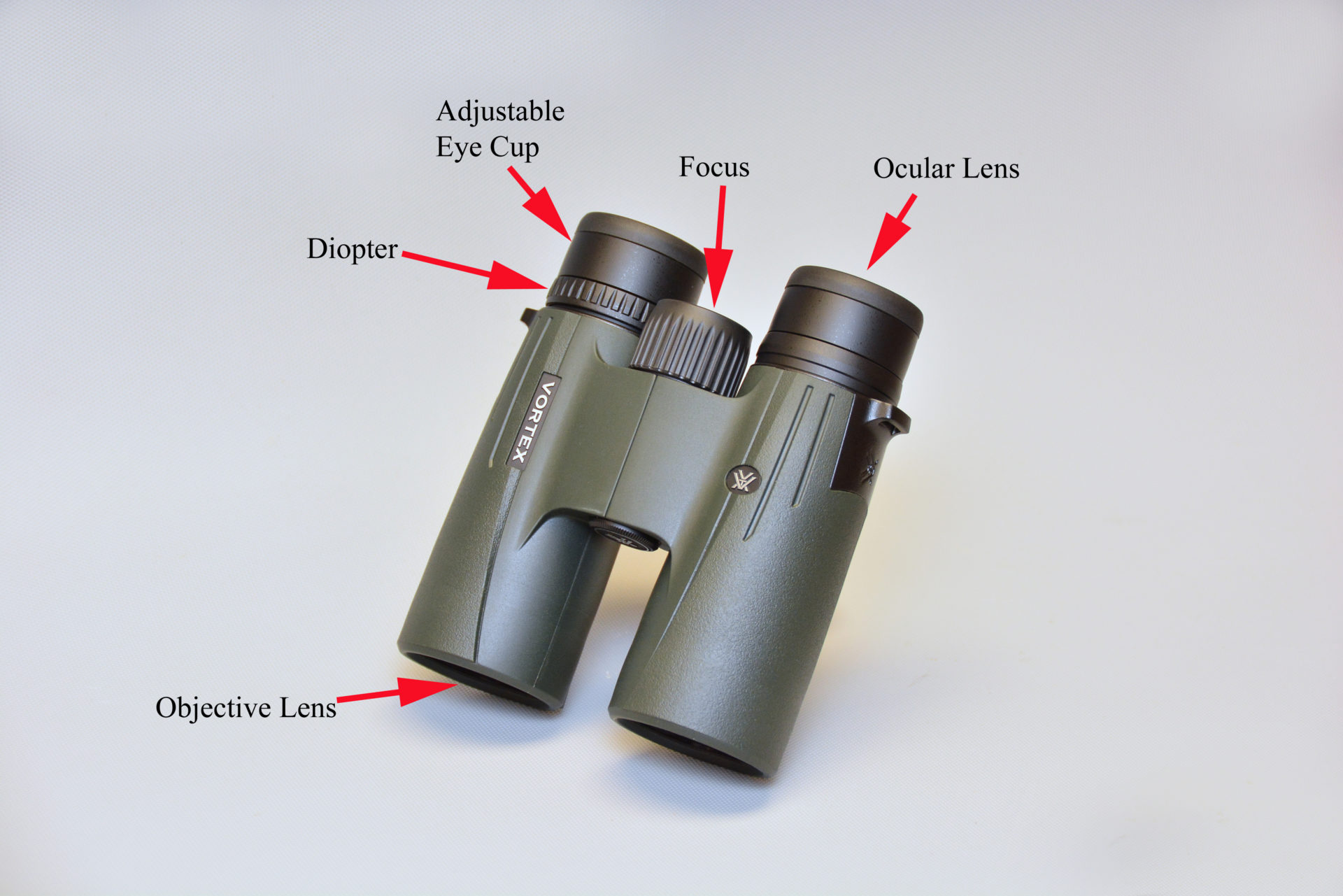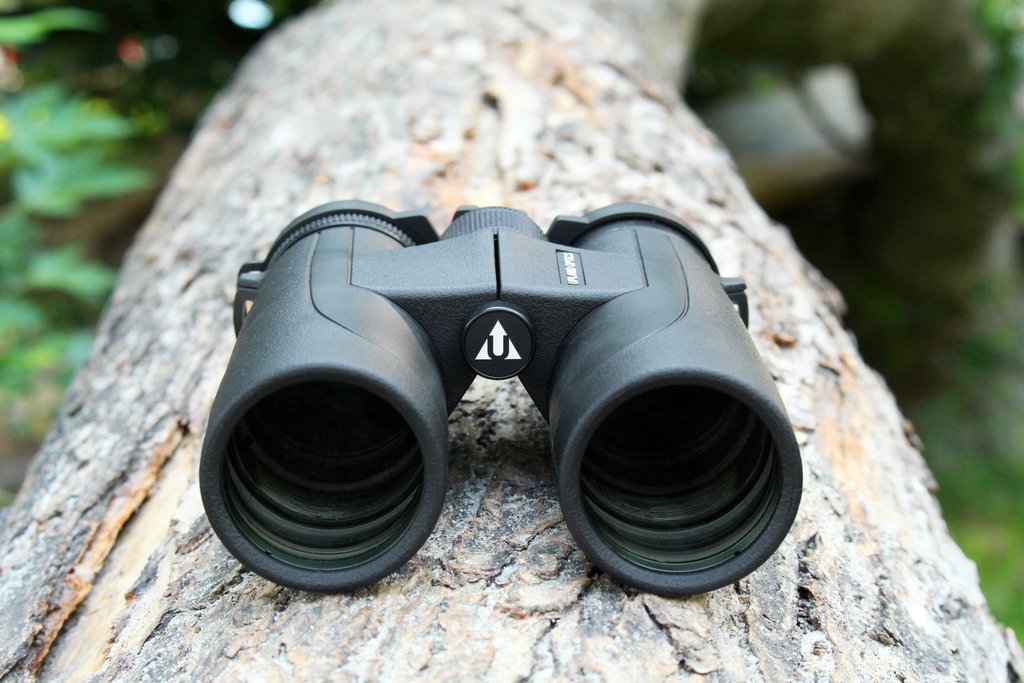 The other day I took my Grandson out for a walk. I carried a pair of basic binoculars along to show him some of the wildlife in the area. Clyde, aged 6, did his best but struggled to see anything.
The other day I took my Grandson out for a walk. I carried a pair of basic binoculars along to show him some of the wildlife in the area. Clyde, aged 6, did his best but struggled to see anything.
The most important thing to teach kids about using binoculars is how to use them to see clearly and comfortably. Begin looking at close targets before trying to see objects at a distance.
Once a new user begins to really see the distant images, things will get more exciting.
TEACHING KIDS TO USE BINOCULARS
- ADJUST THE NECK STRAP
When not in their hand, the binoculars should hang at a height that allows easy access to the eyepieces without straining or pulling the neck. The ideal position is usually at the level of their mid-chest or upper stomach.
- INTERPUPILLARY DISTANCE (IPD) ADJUSTMENT
Begin by adjusting the distance between the two eyepieces to match your child’s interpupillary distance. This ensures that both eyes are aligned, and can see a single, clear image.
- ADJUST THE EYEPIECES OR EYECUPS TO THE CORRECT EYE RELIEF
Children who wear glasses can use binoculars. If your child wears glasses, consider binoculars with adjustable eyecups.
Twist the eyecups down for those without glasses. Twist up the eyecups on the binoculars for glass wearers to maintain the right distance between the eyes and the eyepieces.
This ensures that children wearing glasses can see the entire field of view without any vignetting. If you are sharing binos with several people/kids, use a sanitary wipe to prevent spreading any cooties.
- FOCUS THE BINOCULARS (DISCOVERING THE DIOPTER)
Depending on the model, some binoculars may also have a diopter adjustment on one eyepiece to fine-tune focus for individual differences between the child’s eyes.
Most binoculars have a central focus wheel that adjusts both eyepieces simultaneously. Encourage your child to look at a distant object and use the focus wheel to make the image sharp and clear. Pick a target, like a tree, at 100 yards to begin.
With this preparation, they will be ready to learn the next steps of putting the binoculars to good use.
Since you have already introduced the neck strap while setting up the binoculars, the child should be familiar with it. Explain that the neck strap helps prevent accidental dropping or losing the binoculars.
- FOCUSING THE BINOCULARS
Demonstrate how to use the central focus wheel to bring distant objects into clear view.
- USING ONE EYE
Teach the child how to use just one eye with the binoculars while keeping the other eye open. This technique helps them remain aware of their surroundings and prevents disorientation.
- FINDING A TARGET
Choose a stationary object in the distance, such as a tree or a sign, and ask the child to find it using the binoculars. Guide them through the process of aligning the binoculars with the target and adjusting the focus. Reading a distant sign will confirm that they are doing what they need to do.
- BINOCULAR TECHNIQUE
 Explain the technique of first locking onto the target with their naked eye and then slowly raising the binoculars to keep focus on the target.
Explain the technique of first locking onto the target with their naked eye and then slowly raising the binoculars to keep focus on the target.
- SCANNING THE AREA
Encourage the child to scan the surrounding area with the binoculars to spot birds or interesting objects. Teach them to move the binoculars slowly and systematically to cover a broader area. Select obvious landmarks to help direct where they are looking.
You may not want to give kids or inexperienced observers your best pair of Binoculars. These optics are expensive and could be damaged. Start with a basic pair and build up to the best optics. Having the Bino’s on hand will invite use.
Like any new skill, proper binocular use takes practice. Soon your partner, or kid, will be showing you where that big buck or interesting thing is.
Seeing is believing!
Montana Grant





